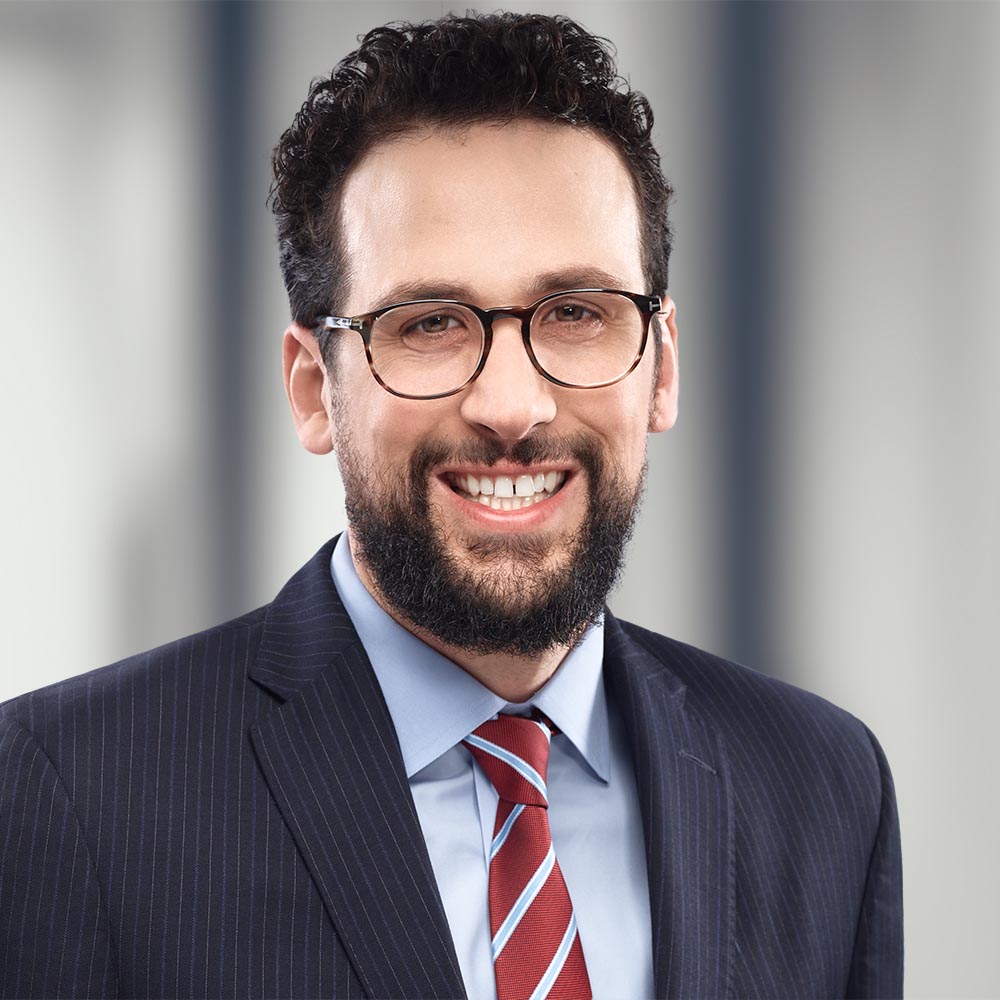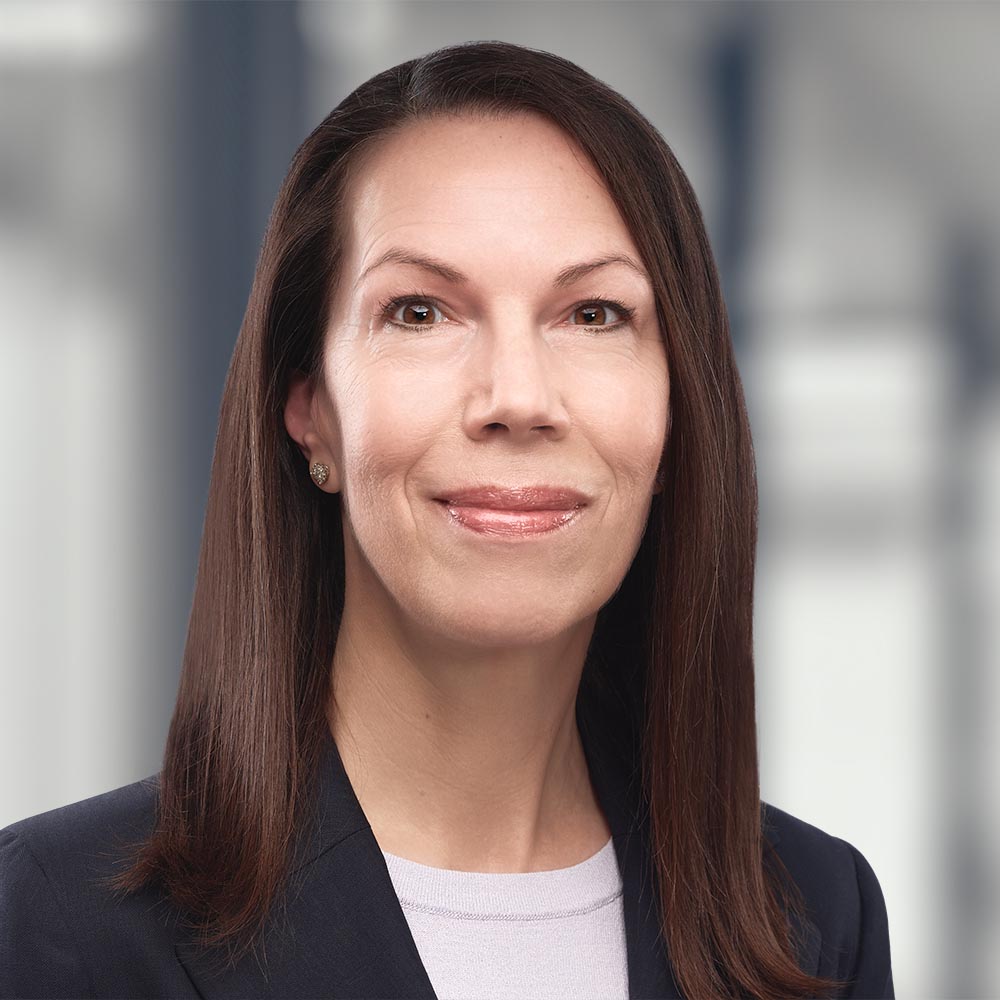Speakers
 Tyson Dyck
Tyson Dyck
Gino Bruni
 Lianne J. Tysowski
Lianne J. Tysowski
Carbon capture, utilization and storage (CCUS) is a key element in Canada’s energy transition strategy, for government and industry alike.
In this video, Tyson Dyck, Gino Bruni and Lianne Tysowski take a cross-jurisdictional look at the strategies being employed in Alberta and Ontario. We highlight the key regulatory hurdles of CCUS, how potential liabilities are being handled, and how governments are supporting adoption with subsidies and tax credits.
Click here to see other videos and webinars in this series.
Lianne Tysowski (00:07): Hi everyone. Welcome to Torys’ video series on energy transition. I'm Lianne Tysowski, and I practice in our Calgary office, with a focus on financing and M&A in the energy sector. I'm joined today by Tyson Dyck, who's a Partner in our Toronto office specializing in energy transition, and Gino Bruni, who is a Senior Associate in our Calgary office who focuses on regulatory matters in the energy sector. Today, we're going to be talking about carbon capture, utilization and storage or “CCUS”. Both government and industry in Canada are increasingly focused on reducing greenhouse gas emissions and transitioning to net zero through a combination of regulatory limits and voluntary commitments. And while CCUS is still in the early stages of development, it does have significant potential to play a key decarbonization role in the coming years. In Western Canada, we are already seeing the oil and gas sector leading the way on development of CCS projects designed to contribute to the achievement of net zero emissions, as well as use of CCS emerging solution in a number of other sectors, such as transforming grey hydrogen projects into blue or clean hydrogen projects, or using CCS for the production of clean ammonia. Given the practical and technical difficulties of eliminating carbon emissions in some sectors across Canada and the fact that CCS can be applied in multiple ways across a range of industries, it will almost certainly become a key element of the Canadian energy transition strategy. So on that note, let's turn to Gino and Tyson to see what the current state of affairs is with CCS in Canada. Gino, perhaps you could start by letting us know what the latest is here in Alberta.
Gino Bruni (01:52): Thank you, Lianne. Alberta has been a leader in terms of CCS development because of legislative amendments in 2010, and significant subsidies from the government for CCUS projects including Shell Canada's Quest Project that was commissioned in 2015. More recently, the Government of Alberta has turned its focus to a hub and spoke approach and has asked for proposals for carbon storage hubs. And earlier this year, the province selected six proposals for hubs in Alberta's Heartland region and started the process for assessing their feasibility. Alberta's also considering 40 applications for hubs in other areas of the province and is expected to announce the selected projects in the fall. I'll turn it over to Tyson to speak to what's happening in Ontario.
Tyson Dyck (02:37): Thanks, Gino and Lianne. Here in Ontario, we don't have an equivalent regime in place to permit CCS projects. In fact, we have legislation that effectively prohibits CO2 sequestration. That said, there's growing recognition that CCUS can play an important role in the province's decarbonization efforts. In fact, some of the most promising pore space in Ontario is located about 100 kilometres stretch from about Port Dover to Windsor, extending underneath Lake Erie, about 50 kilometres or so from the shoreline. And much of this pore space is located in relatively close proximity to Ontario's Industrial Heartland. Some early estimates suggest that these promising areas in Southwestern Ontario have the potential to store up to 730 megatonnes of CO2 in saline aquifers. That could be for context, roughly between 24 and 36 years of potential sequestration for the CO2 currently emitted from nearby facilities. But we still need detailed feasibility studies to validate this potential.
Lianne Tysowski (03:34): Thanks, Tyson. So in terms of getting a new CCUS project off the ground, what are going to be some of the key regulatory hurdles?
Tyson Dyck (03:42): Great question, Lianne. As I mentioned, as things stand, Ontario effectively prohibits CO2 sequestration. In 2010, Ontario amended its Oil, Gas and Salt Resources Act to prohibit CO2 injection for enhanced oil and gas recovery and various other purposes. In addition, our Mining Act currently prevents the province from issuing storage leases for the permanent disposal of any substance, which is problematic given that so much of the sequestration potential of the province is under Crown land. So at a minimum, these regulatory restrictions would need to be narrowed or lifted. The good news is the province recently launched a consultation to narrow the restrictions in a way that would allow permanent CO2 injection and storage, except as proposed for enhanced oil and gas recovery. That consultation closed on March 14th and we've subsequently had a provincial election, but we expect work will continue on that front. And of course using these restrictions is just the beginning to provide industry the regulatory certainty it needs to invest in new CCS, the province will need to set out a clear regulatory process for permitting new projects. Maybe I'll turn it over to you, Gino, for the Alberta take.
Gino Bruni (04:45): Thanks, Tyson. So compared to Ontario, Alberta's CCUS regulatory regime is well-established. Having said that, the main hurdle has been getting the rights to sequester CO2 and pore space in Alberta. Now, under the Alberta regime, the government owns the pore space, which means proponents must receive ministerial approval to sequester CO2 and the Crown’s pore space. Some in the industry view this ministerial approval as a bureaucratic process that takes too long and is not transparent. And perhaps a better approach would be for CCUS projects to be approved like oil and gas projects in the province, i.e., by the Alberta Energy Regulator if the project meets certain rules and regulations.
Lianne Tysowski (05:27): Thanks, Gino. In thinking about risk allocation on these projects, it seems that liability issues connected with capture and transportation are likely to be handled similar to our experience with risks associated with other industrial activities. However, given the lengthy timescales for storage and the relatively novel nature of the technology, how do you foresee the liability for carbon storage being handled?
Gino Bruni (05:53): Thanks, Lianne. This is a great question and it highlights the unique nature of CCS projects. In Alberta, the government assumes the long-term liabilities associated with CCS operations, post-closure of the project, and this would include environmental liabilities that typically fall upon an operator of facilities in Alberta. Now in addition, the government has established the Post-Closure Stewardship Fund, where CCS operators pay into the fund while they're operating to offset the costs of taking on such post-closure liabilities and to cover abandonment and reclamation costs related to orphan facilities. This framework has been viewed as a model for how to deal with long term liability in other jurisdictions, and it serves two purposes. First, it assures the public that there will be a responsible entity over the long time that CO2 is expected to be sequestered. And second, it acts as an incentive to encourage CCUS development. Tyson, perhaps you could speak to what's happening in other jurisdictions on this issue.
Tyson Dyck (06:54): Thanks, Gino. Just to do a quick tour around the world, you know, I think it's generally understood that some sort of liability transfer regime is necessary for the reasons you mentioned. The EU’s CCS Directive, for example, sets out a number of conditions for liability transfer that the member states must implement, which results in the transfer of long-term liability to the state after a post-closure monitoring period. North Dakota takes a similar approach and allows operators to apply for a closure certificate that ultimately transfers long-term responsibility to the state. And even Australia takes a similar approach, allowing for liability transfer following a minimum 15-year closure assurance period.
Lianne Tysowski (07:30): Thanks, Tyson. On the tax side, the federal government has recently announced that it's developing a tax credit for capital invested in CCUS projects to encourage faster adoption. What other incentives are you seeing or do you think will be needed? Perhaps you could start, Gino?
Gino Bruni (07:49): Thanks, Lianne. So in Alberta, the Alberta regime provides carbon offsets for CCUS projects under the TIER program, so those are important incentives for CCUS development. In addition, in the past, government has provided subsidies that have helped get projects off the ground, including the Quest Project and the Alberta Carbon Trunk Line. Having said that, economic incentives like the federal CCUS tax credit that you mentioned, Lianne, will be critical to getting future CU projects off the ground.
Tyson Dyck (08:21): Yeah, and to add to that. You know, as we've seen in Alberta, much of the economics for these projects is driven by the reduction of carbon costs that would have been incurred if the sequestered CO2 was emitted into the atmosphere. And these carbon costs are expected to rise in the coming years. The federal government's backstop carbon price is proposed to increase to $170 a tonne by 2030. And here in Ontario, that means we'll need to consider how to create the right incentives in our own GHG regulations, our emissions performance standards or EPS program. Currently, the EPS doesn't let you net out sequestered CO2 from your reportable emissions, so that will need to be reconsidered to get CCS projects fully off the ground here. In addition, as we've seen in Alberta, carbon offsets for CO2 sequestration can also make some projects economical. These offset programs also allow businesses outside of the regulated industrial sectors to voluntarily undertake sequestration initiatives. Currently, Ontario's EPS doesn't have an offset program attached to it. So there's an opportunity for either Ontario or the federal GHG offset program to create sequestration protocols that would apply here in the province.
Lianne Tysowski (09:25): Thanks, Tyson. So for the final question today, what developments do you both think we should be keeping an eye on in the CCUS space?
Gino Bruni (09:34): Well, for me, I think there's two things. So first, stay tuned on the carbon hub process that's occurring in Alberta and being conducted by the Alberta government. The second thing that's worth watching in the next year is the proposed federal cap on oil and gas emissions. The federal government recently released a discussion paper on this topic, and this proposed cap would have the potential to significantly impact the incentives for CCUS growth.
Tyson Dyck (09:58): Thanks, Gino. Here in Ontario, stay tuned as well for the next steps on how the province is thinking about amending its legislation to enable CCS in Ontario. And I'd also mentioned that this summer the federal government began work on a new offset protocol for Direct Air CCS, which may prove to be an important incentive to new projects in provinces where that protocol will apply.
Lianne Tysowski (10:19): Well, there's lots happening. Thank you both so much for sharing your insights. Given the key role that CCUS sounds like it has the potential to play in Canada's energy transition, and with everything going on, this is definitely a space I think we are all going to be keeping a close watch on. And if our viewers would like to learn more about the work we've been doing here at Torys on CCUS and other energy transition projects, please go to www.torys.com and take a look. Thanks for joining us today.
Inscrivez-vous pour recevoir les dernières nouvelles
Restez à l’affût des nouvelles d’intérêt, des commentaires, des mises à jour et des publications de Torys.
Inscrivez-vous maintenant